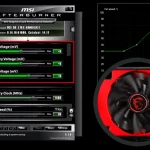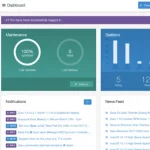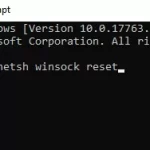When it comes to technology, there are a lot of acronyms and jargon that can be confusing. USB and DVD are two such technologies. Many people use them interchangeably, but they are actually quite different. In this blog post, we will take a closer look at the differences between DVDs and USBs. We will also discuss what each one is best used for. So, let’s get started!
| DVD | USB | |
|---|---|---|
| Definition | Digital Versatile Disc | Universal Serial Bus |
| Storage Capacity | Typically 4.7GB or 8.5GB | Varies (ranging from a few GB to several TB) |
| Physical Format | Optical disc | Flash memory device |
| Read/Write Speed | Slower reading and writing speed | Facing a decline in usage due to newer technologies (e.g., streaming, cloud storage) |
| Portability | Bulkier and less portable | Compact and highly portable |
| Compatibility | Requires a DVD drive | Compatible with USB ports |
| Data Transfer | Read-only or read/write | Read/write |
| Rewritable | Some DVDs are rewritable | USB drives are rewritable |
| Lifespan | Limited lifespan (subject to scratches and deterioration) | Longer lifespan |
| Versatility | Primarily used for storing and playing videos and software | Suitable for various data storage needs (documents, media, software, etc.) |
| Cost | Relatively cheaper | Varies depending on storage capacity and brand |
| Obsolescence | Widely used and supported in modern devices | Widely used and supported in modern devic |
Table of Contents
What is a USB?
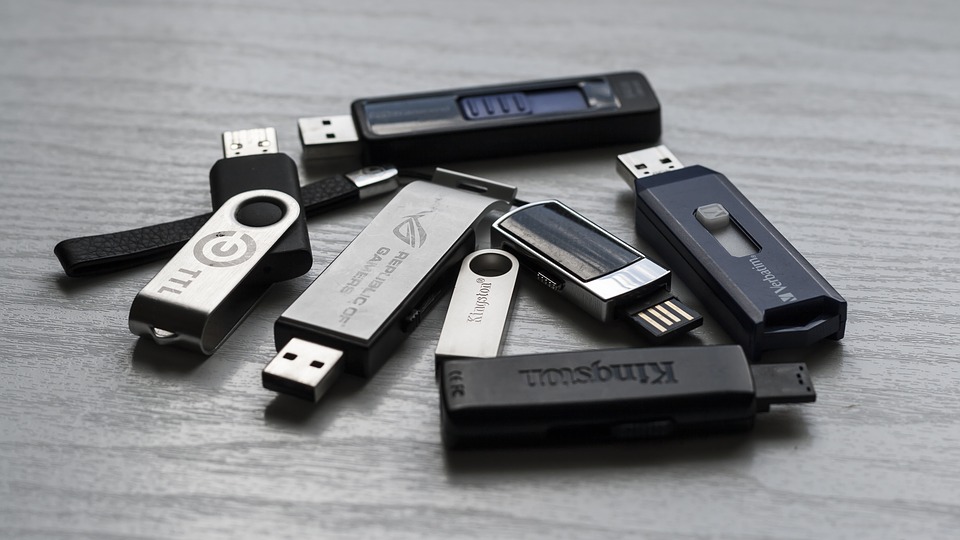
USB stands for Universal Serial Bus. It is a small hardware device that can be plugged into your computer to access information on it. USBs are usually used to transfer data from your computer onto another object like a memory stick or CD-ROM.
To use a USB, you first need to connect the device to your computer. Once it is connected, you will be able to drag and drop files from one location to another. This makes transferring files between devices much easier than with other methods like emailing them.
The benefits of using a USB include speed, convenience, and portability. USBs are much faster than other methods of transferring files, like emailing them. They are also more convenient because you can carry them with you wherever you go. And finally, they are portable because they do not take up a lot of space.
The drawbacks of using a USB include the possibility of losing data if the device is not properly stored or if it is damaged. Another drawback is that not all devices support USBs, so you may not be able to transfer files to certain devices.
What is a DVD?
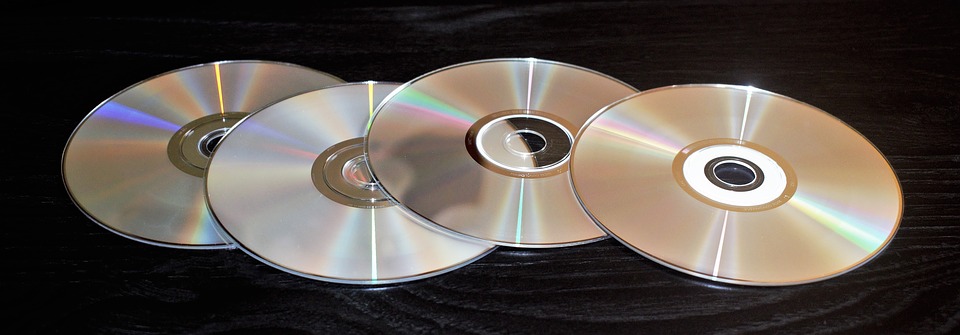
DVD stands for Digital Versatile Disc. It is an optical disc that stores data, 1080i or 720p video, audio tracks, subtitles, and other non-video data. DVDs are used to store large amounts of information due to their high storage capacity.
To use a DVD, you must first place it into your computer’s CD/DVD tray. Once the DVD is in the tray, you will be able to access files and folders on it like with USBs.
The benefits of using a DVD include high storage capacity and high video quality. DVDs store much more information than CDs because they are read by a laser rather than an optical head. And finally, DVDs can produce very high resolutions for videos which enables you to see better quality when watching them on your computer or television.
One drawback of DVDs is that they can easily get scratched or damaged if not handled properly. Another issue is that not all devices play DVDs, so some may need additional hardware in order to watch them on their computer/television set. Finally, DVDs take longer to load than USBs.
DVD vs USB
Form Factor
A USB device has the form of a stick. It is small in size, can be easily carried around, and connects to computers using a universal standard interface (USB). A DVD usually comes in disc format, typically 12 cm (~ 5 inches) wide, which necessitates needing to use an optical tray mechanism to read them.
Storage Capability
A DVD can store up to ~4 GB of data while a standard USB storage stick allows you to transfer files up to 1 TB. There are many USB
DVDs offer higher video quality than any other home entertainment system on the market today due to their hi-resolution capability. The range of colors displayed on a single screen is also much greater on a DVD player compared with other video playback devices such as VHS or standard DVD players.
Hardware Requirement
A USB is a hardware device that must be plugged into the computer’s USB port to be detected and run by it. A DVD drive is an optical disc reader/writer, which may come built-in in your laptop or PC or as an external unit that needs to be connected to your device using its own power source.
Mobility
Mobility is the ease with which you can carry around or use a device. A USB can be plugged into any PC or laptop whereas a DVD needs to be inserted into an optical reader/writer disc drive. Since DVDs are larger than USBs they are not as transportable as their smaller counterparts.
However, DVD drives are either built-in or connected peripherals with your computer system, so once again they are easier to access when you need them. But taking all these factors into consideration, USBs are more mobile due to their small size and fewer hardware requirements for both reading and writing data on them. Both devices offer reliable storage capability for digital data but using them has its own benefits and drawbacks.
A DVD player can be used by a wider range of devices, for example, consumer electronics as well as personal computers while USBs are more versatile as data carriers since they can be accessed on almost all modern computer systems whether built-in or external peripherals.


